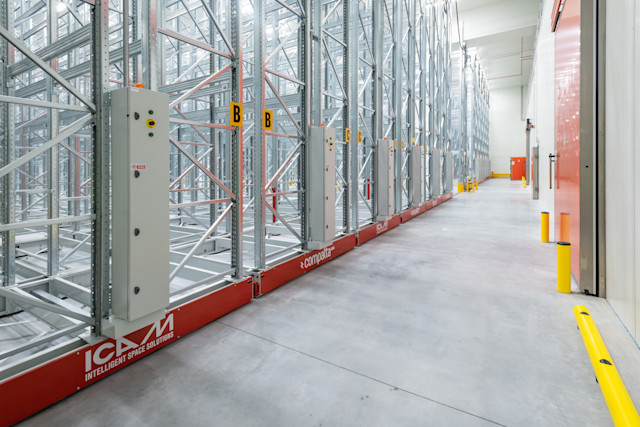3rd June 2025
Ensuring Food Freshness and Reducing Waste in Logistics

Index
How to Ensure Food Freshness During Transportation
Advanced Technologies for Quality Monitoring
Strategies to Reduce Food Waste in Logistics
How to Ensure Food Freshness During Transportation
Maintaining food freshness is essential to delivering high-quality products to the end consumer. Inefficient or improper transportation can compromise the nutritional and sensory properties of food.
Key factors for efficient transportation of fresh food:
Temperature Control: Temperature-controlled transportation is crucial for fresh and perishable goods. Ideal temperatures vary depending on the food type, such as 0-4°C for meat and fish or 5-8°C for fruits and vegetables.
Proper Packaging: Ventilated or insulated containers help keep products in optimal condition, preventing temperature fluctuations or physical damage.
Logistics Planning: Optimized routes and quick deliveries are critical to reducing transit times and preserving food quality.
Advanced Technologies for Quality Monitoring
Advanced technologies are transforming the food logistics sector, enabling constant monitoring of quality throughout the transportation process.
Key tools:
IoT Sensors: These monitor real-time temperature, humidity, and environmental conditions in refrigerated vehicles.
Data Loggers: They record transportation data, ensuring complete traceability and compliance with quality standards.
Alert Systems: In the event of anomalies (e.g., temperature fluctuations), these systems send instant notifications for rapid intervention.
These tools not only enhance food safety but also provide valuable documentation to demonstrate regulatory compliance.
Strategies to Reduce Food Waste in Logistics
Food waste is one of the major challenges in the logistics sector. Strategic approaches can help minimize losses throughout the supply chain.
Practical tips to reduce waste:
Prevent Deterioration: Use tools to monitor food conditions during transportation to identify and address critical issues promptly.
Stock Rotation (FIFO): Ensure that products closest to expiration are transported and used first.
Partner with Charities: When products are nearing their expiration date, collaborate with organizations to donate them instead of discarding them.
Implementing these strategies not only reduces costs but also has a positive environmental impact and enhances a company’s reputation.
Questions & Answers
How can food safety be ensured during transportation?
By using refrigerated vehicles, continuous temperature monitoring sensors, and appropriate packaging.
Why is it important to reduce food waste in logistics?
Reducing food waste helps lower operational costs, protect the environment, and improve the overall efficiency of the supply chain.
Visit our website to discover safe and compliant food transportation solutions.